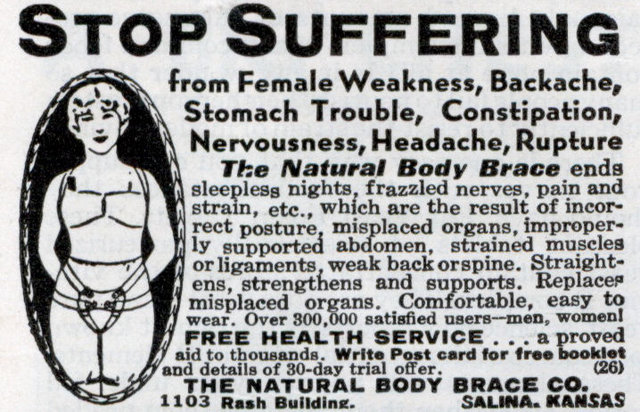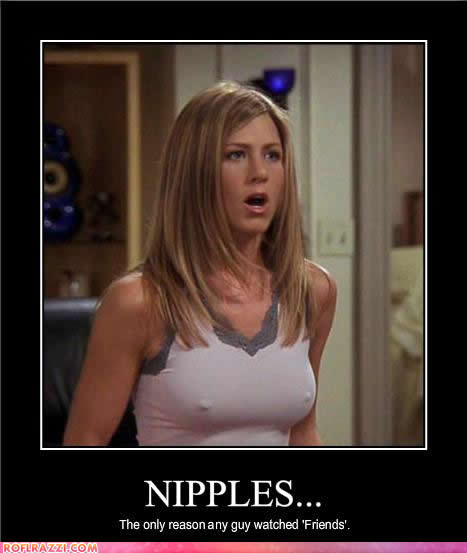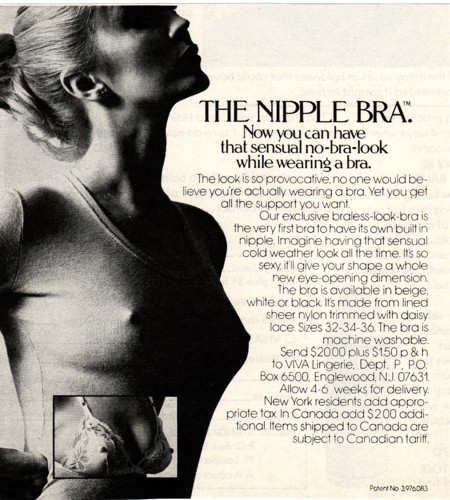The ’60s is often held up as a time of dramatic upheaval in American life. It brought us civil rights victories, the sexual revolution, the women’s movement, the gay liberation movement, and anti-war activism. It was, in short, antiestablishmentarian.
What were the concrete impacts of these changes? One is the birth rate, as illustrated in a post by Made in America‘s Claude S. Fischer. Far from introducing a new normal, the ’60s reversed what was a relatively recent a rise in the ideal number of children and actual fertility rate.
While data not shown suggest that the ideal number of children in the ’30s was under three, the ideal had risen to 3.6 by 1962. This dropped quickly across the rest of the decade.
Likewise, the actual number of children born to the average woman in the 1930s was about two, but this started shooting up in the late ’30s and ’40s. Then, just as quickly as it had risen, it plummeted again:
This data reminds us of how unusual the ’50s really was. It was an especially pro-natal family-centered time. As historian Stephanie Coontz puts it:
At the end of the 1940s, all the trends characterizing the rest of the twentieth century suddenly reversed themselves. For the first time in more than one hundred years, the age for marriage and motherhood fell, fertility increased, divorce rates declined, and women’s degree of educational parity with men dropped sharply. In a period of less than ten years, the proportion of never-married persons declined by as much as it had during the entire previous half century.
So, while in some ways the 1960s dramatically changed American culture, in other ways it simply put us back on track.
Lisa Wade, PhD is an Associate Professor at Tulane University. She is the author of American Hookup, a book about college sexual culture; a textbook about gender; and a forthcoming introductory text: Terrible Magnificent Sociology. You can follow her on Twitter and Instagram.












